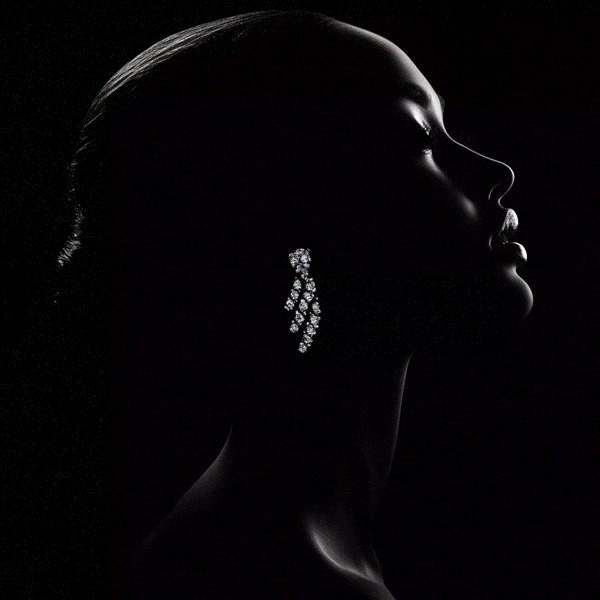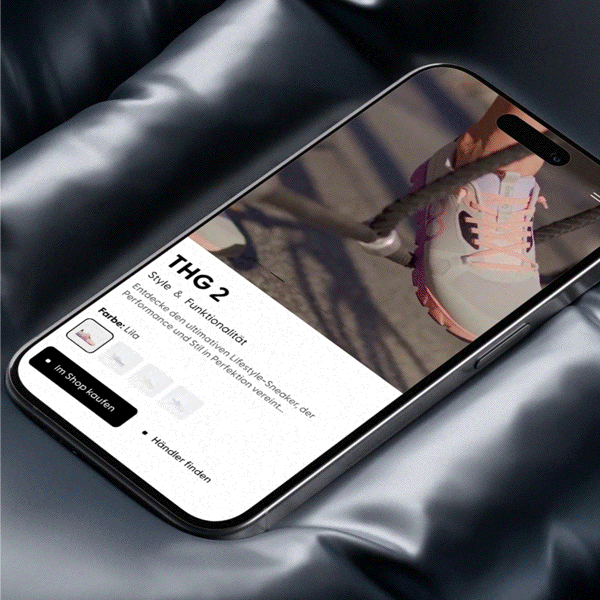Redefining Industrial HMI Design & Spatial UX/UI — pixelart Projects Creating Intuitive Connections Between People and Technology.
From Complex Systems to Intuitive Experiences
HMI Reimagined – Where Humans Meet Technology
In modern human machine interface design, control panels have transformed into intelligent dialogue systems. At pixelart, we create industrial HMI design that turns complexity into clarity — from manufacturing environments and energy infrastructures to simulation and automotive systems.
Our focus: designing HMI UX/UI that connects people and machines through intuitive interaction, visual precision, and meaningful feedback.
As technology grows smarter, the challenge is clear: interfaces must evolve from tools into true companions in human-machine collaboration.
The interfaces of the future are no longer traditional control surfaces — they are intelligent dialogue partners. Technology will not only react, but actively understand us — intuitively, contextually, and almost human.
Clarity at every layer
In HMI design and industrial UX/UI, clarity means consistency. Interfaces bring structure to workflows and ensure that operation is intuitive, reliable, and easy to understand.
From control panels and dashboards to connected environments and digital systems — wherever interaction happens, human-machine interfaces create orientation and make technology accessible.
Complexity made visible
The more complex a system becomes, the clearer its interface must be. Visualization is the key to not only controlling data flows, processes, and relationships — but truly understanding them.
In the industrial environment — for instance, within large-scale systems such as those at Siemens — human-machine interface design simplifies complex processes, enhances transparency, and improves operational efficiency.
The beauty of control
In HMI design, true usability emerges when form and function merge seamlessly.
Through tactile feedback and visual clarity, interfaces become intuitive to operate — and build confidence between humans and machines.
Living with technology
As human-machine interfaces increasingly shape our surroundings, they need to do more than respond. They design experiences, guide daily routines, and integrate naturally into the way we live and work.
For designers like us, technology becomes truly exciting when it turns into a creative playground.
Using 2D/3D, motion design, Rive, and real-time rendering, we bring interfaces to life — creating experiences that feel dynamic and meaningful to users.
As customer needs, technology, and industry evolve together, digital agencies play a crucial role: translating complexity into meaningful, human-centered experiences.
That’s how HMI design becomes the driving force behind tomorrow’s human-machine interaction.
OUR APPROACH
Digital transformation goes beyond technology — it’s an experience of interaction and connection.
At pixelart, we design and develop holistic, human-centered experiences that are intuitive, purposeful, and built for the future.
From strategy to implementation, we accompany projects with empathy and precision, crafting interfaces and interactions that build trust and spark engagement.
QUICK FACTS
Exploring pixelart’s range of HMI services
How do HMI projects at pixelart begin?
Our HMI projects typically start with workshops and user studies. Together with our clients, we define goals, usability requirements, and technical frameworks to ensure an efficient design and development process.
HMI Workshops, Consulting, Prototyping & Feasibility Concepts
Through joint HMI workshops, we work closely with you to explore possibilities, evaluate technologies, and define the right approach to create a tailored concept or prototype.
How do we define HMI Design at pixelart?
To us, HMI design isn’t about screens — it’s about shaping the dialogue between people and technology through interfaces that feel effortless, precise, and human.
What role do tools and technologies play in HMI design?
We rely on a versatile toolbox — including 2D/3D design, motion design, Cinema 4D, Redshift, Rive, and Unreal Engine 5 — to merge creativity and technology into powerful, interactive human-machine interfaces.
How can my business benefit from professional HMI Design & Spatial UX/UI Experiences??
Effective HMI design improves usability and workflow efficiency — reducing training time, minimizing errors, and enhancing both user satisfaction and productivity.
Contact

